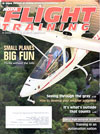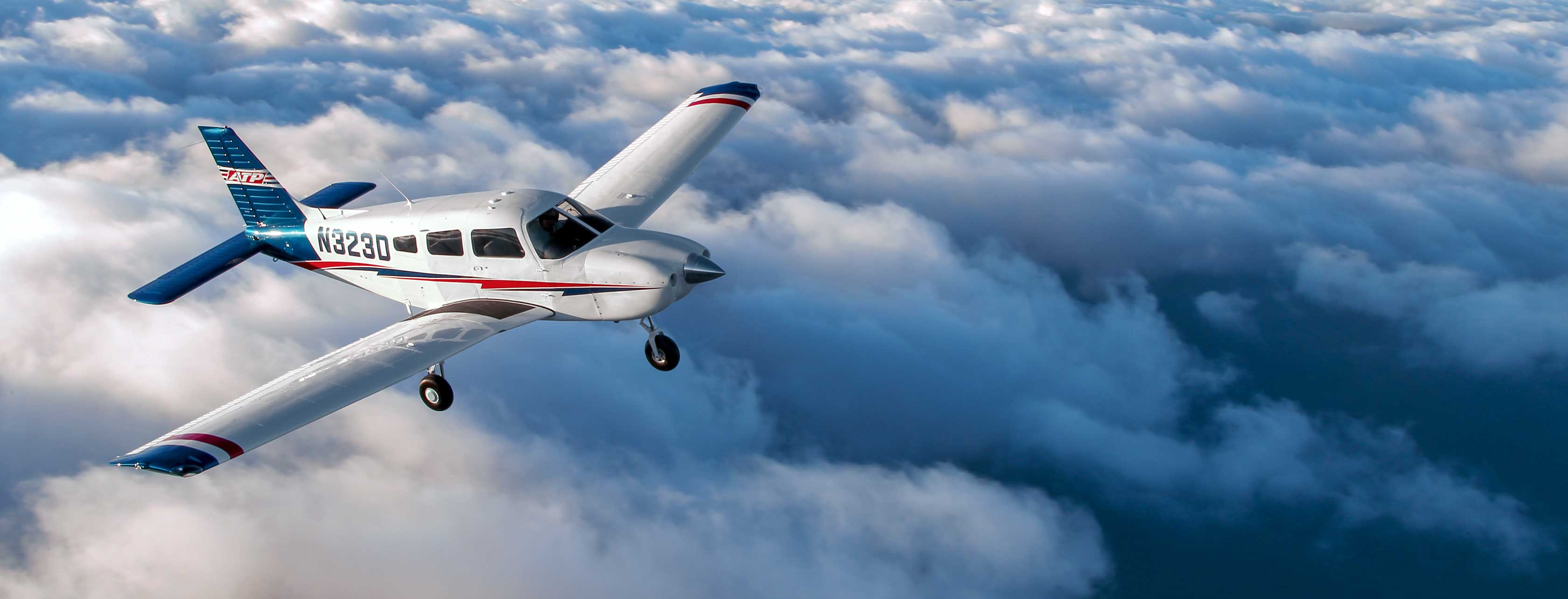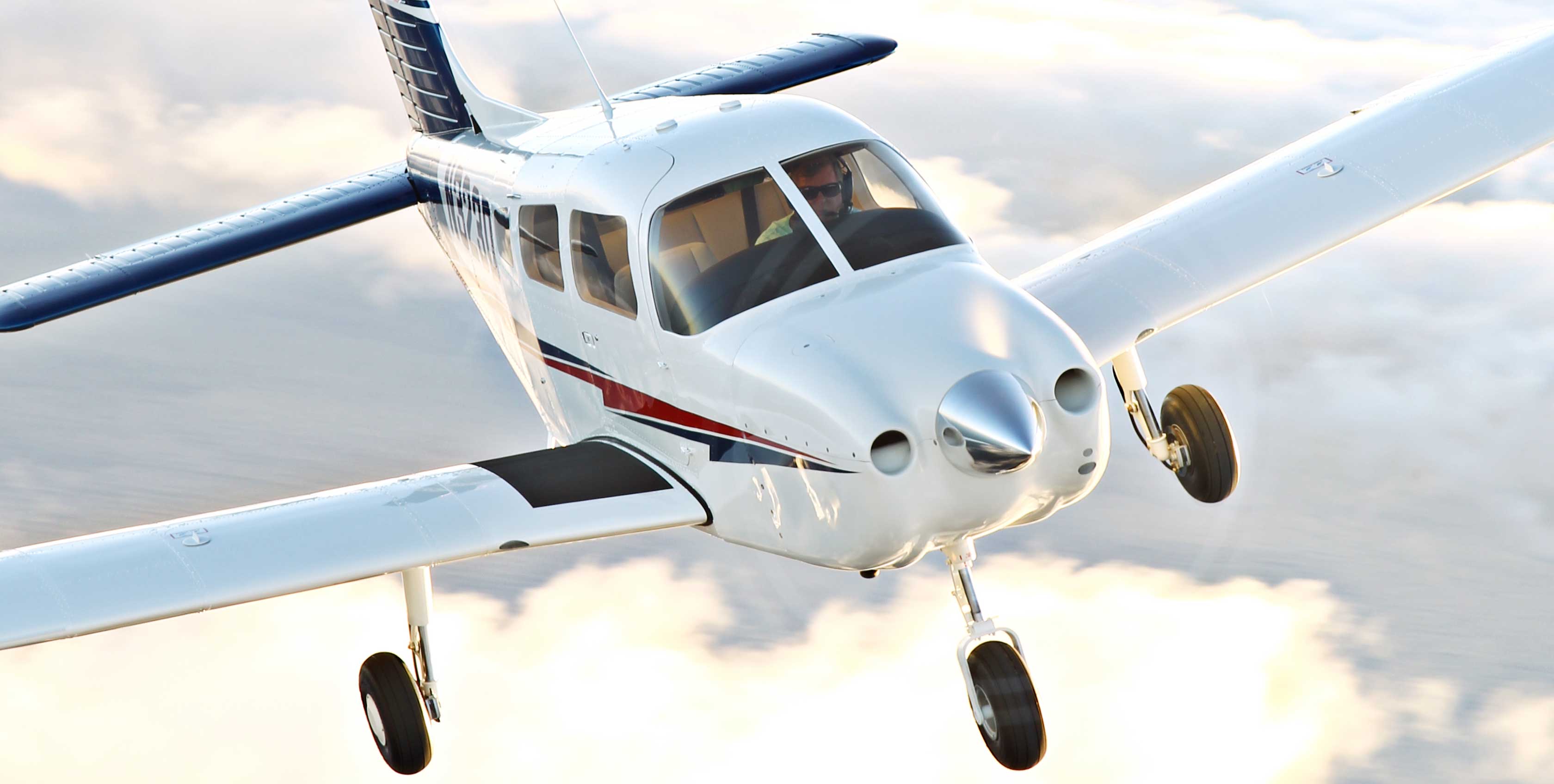Building Quality Flight Time
You should acquire flight time that can do you the most good rather than just filling spaces in your logbook.
You can’t get a good flying job without a sufficient number of hours, yet it’s difficult to accumulate the hours you need without a job that allows you to build them—it’s a “Catch-22.”
You should acquire flight time that can do you the most good rather than just filling spaces in your logbook. For example, a pilot with 11,000 hours total time certainly had the quantity required, but unfortunately for him, the quality was somewhat lacking—only 50 of those hours were in multiengine (ME) airplanes. The regional airline he hoped to work for noted both his lack of total twin time as well as twin currency and Q&A suggested he reapply when he could show recent experience in line with their stated minimum of 300 hours ME time. He returned some six months later with the requisite time and was hired.
Another pilot queried us about her 1,800 total flight hours, 1,700 of which were multiengine second-in-command (SIC) time, not understanding why she’d been ignored by most airlines to which she’d applied. We pointed out that with only 100 hours pilot-in-command (PIC), her ability to command an airplane was a question in their minds. Airlines hire captains, not permanent first officers, and they need to know that you have the skills to successfully upgrade based on your experience.
Once you’ve accumulated 1,000 or so hours of total flight time, you should ideally have accumulated at least 100 and preferably 200 hours of multiengine time. It’s a tough and expensive process, but early planning as to how you’ll acquire the time in a systematic manner can make the job easier and ensure your flight time will be counted toward an airline’s total hiring requirement. Often, the 500-hour pilot with 245 ME hours will have a better shot at a regional first officer slot than one with 1,000 hours of total time and 175 ME. Quality can make up for quantity if you demonstrate that you also possess the maturity and judgment of a more experienced pilot.
Whatever your goal, planning each step carefully will help you achieve it in the minimum time with the fewest wasted steps. Consider completing your advanced ratings in a twin, to build ME time at what’s basically half-price. Don’t, however, neglect to get a single-engine rating on your commercial, should you decide to get your initial private or commercial certificate in a twin. Expecting to fly multiengine ships all the time is a surefire prescription for disappointment in the employment arena because employers will frown at your lack of basic qualifications.
Determine the type of flying hours that will do you the most good, given your particular situation. Then, using all of your crew resource management skills, consider all the possible alternatives before you undertake any course of action that will affect your future flying career.
Capt. Karen Kahn is the author of Flight Guide for Success: Tips and Tactics for the Aspiring Airline Pilot and a career counselor. A Master CFI and 30- year airline pilot, she flies the Boeing 757/767 for a major U.S. carrier.



